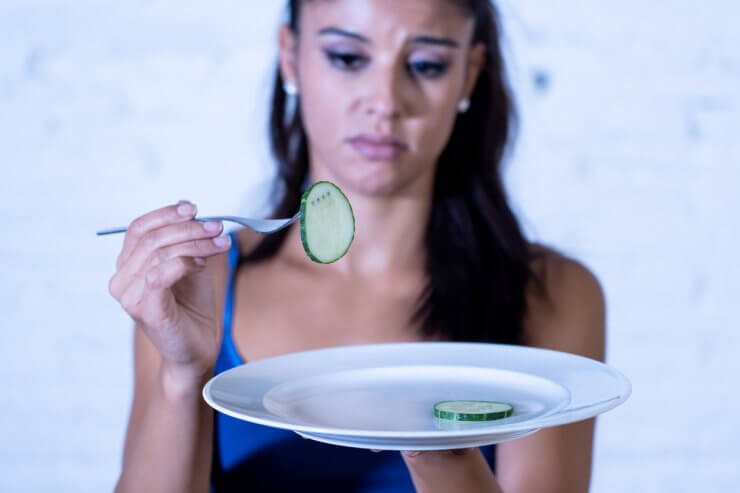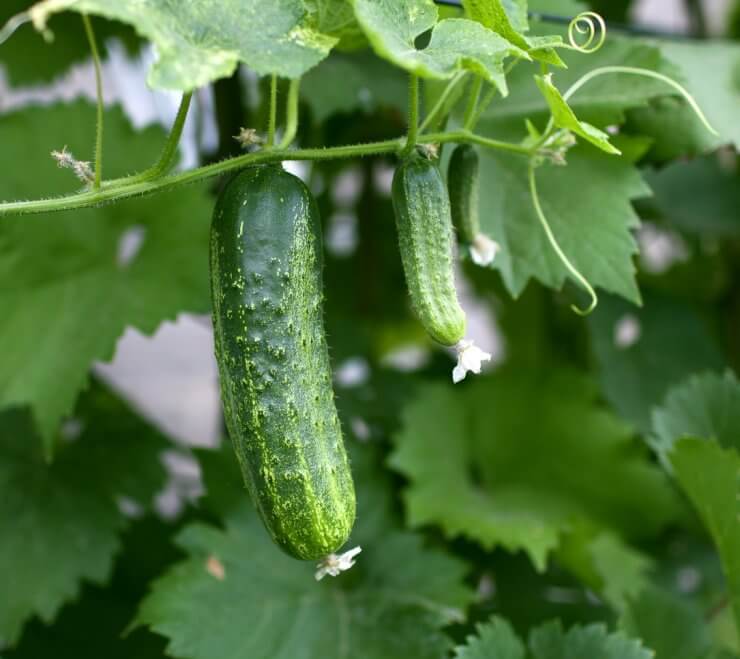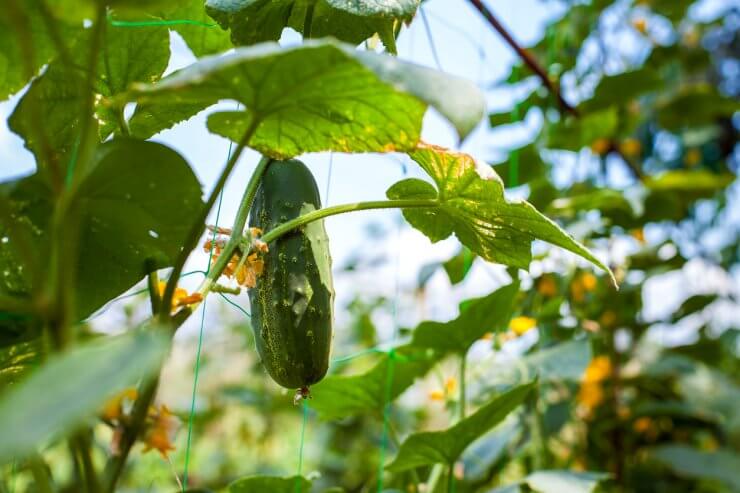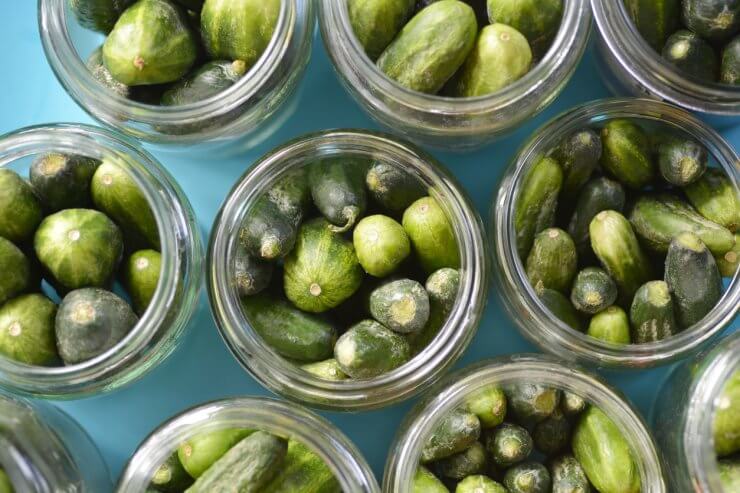
A few summers ago, I was knee-deep in cucumbers from my garden. As a pretty seasoned gardener, I thought I had it all figured out. But when I bit into one of my prized cukes, I was hit with an unexpected wave of bitterness. It was disappointing, to say the least. Then, while scrolling through TikTok, I stumbled upon a video that seemed too good to be true. The gardener cut off the end of a bitter cucumber, then rubbed it against the cut surface of the main cucumber body. To my amazement, a foamy substance appeared. After washing it off, they claimed the cucumber was no longer bitter. Intrigued and slightly skeptical, I decided to give it a try. Lo and behold, it worked! But as a scientist at heart, I couldn’t help but wonder: what’s really going on here? And is there a better bitter cucumber fix?
The Science Behind the Foam
Let’s dive into the nerdy details of this bitter cucumber fix. The foam you see when rubbing the cut ends together is actually a chemical reaction. Cucumbers contain compounds called cucurbitacins, which are responsible for that bitter taste. These compounds are concentrated at the stem end of the cucumber.
When you cut the end off and rub it against the cut surface, you’re essentially releasing an enzyme called elatase. This enzyme breaks down the cucurbitacins, creating that foamy substance. By washing it away, you’re removing a significant portion of the bitter compounds.
But here’s the kicker: this method isn’t foolproof. If your cucumber is extremely bitter, you might only be removing a portion of the cucurbitacins. It’s more of a band-aid solution than a cure-all.

Prevention is Better Than Cure
While the foam trick is a neat party trick (and a useful one in a pinch), it’s better to prevent bitterness in the first place. As the saying goes, “An ounce of prevention is worth a pound of cure.” So, let’s talk about how to grow sweeter cucumbers from the get-go.
Inconsistent watering is one of the main culprits behind bitter cucumbers. These plants are thirsty creatures, and stress from drought can trigger increased production of cucurbitacins. Aim for deep, regular watering, especially during fruit development. A good rule of thumb is to provide about 1-2 inches of water per week, either from rainfall or irrigation.
Consider setting up a drip irrigation system or using soaker hoses. These methods deliver water directly to the roots, reducing water loss through evaporation and keeping the foliage dry, which can help prevent fungal diseases.
Soil: The Foundation of Flavor
Your soil’s health plays a crucial role in cucumber flavor. Cucumbers prefer slightly acidic to neutral soil with a pH between 6.0 and 7.0. If your soil is too alkaline, it can lead to nutrient deficiencies that stress the plant and potentially increase bitterness.
Before planting, conduct a soil test. Based on the results, you might need to amend your soil. If it’s too alkaline, you can add elemental sulfur or aluminum sulfate. If it’s too acidic, lime can help raise the pH. Remember, it’s easier to adjust soil before planting than after your cucumbers are already growing.

Variety is the Spice of Life (and Gardens)
Not all cucumbers are created equal when it comes to bitterness. Some varieties are naturally less bitter than others. If you’ve been struggling with the bitter cucumber problem, it might be time to switch things up.
Sweet and Burpless Varieties
‘Burpless’ isn’t just a cute name – these varieties have been bred to have lower levels of cucurbitacins. Some popular burpless varieties include:
- ‘Marketmore 76’: An improved version of the classic ‘Marketmore’, known for its reliability and sweet flavor.
- ‘Sweet Success’: True to its name, this variety produces long, seedless cucumbers with a mild, sweet taste.
- ‘Tasty Green’: An Asian variety that’s excellent for both fresh eating and pickling.
If you’re into preserving, pickling cucumbers can be a great choice. They tend to be less bitter and have a satisfying crunch. Try varieties like ‘Boston Pickling’ or ‘National Pickling’.
Remember, even with these varieties, proper growing conditions are still crucial for the best flavor.
The Temperature Factor
Here’s a fun fact: temperature plays a significant role in cucumber bitterness. Cucumbers grow best in temperatures between 60°F and 70°F. When temperatures soar above 85°F, plants can become stressed, leading to increased bitterness.
If you live in a hot climate, consider providing some afternoon shade for your cucumber plants. You can use shade cloth or plant them near taller crops that can offer some protection from the intense afternoon sun.

Harvesting for Sweetness
Timing is everything when it comes to harvesting cucumbers. Overripe cucumbers are more likely to be bitter. Most varieties are best harvested when they’re 6-8 inches long and still have a slight give when squeezed.
Don’t wait too long between harvests. Regular picking encourages the plant to produce more fruit. And here’s a pro tip: harvest in the morning when the fruits are coolest and crispest.
A Word on Fertilizer
While cucumbers need nutrients to thrive, over-fertilizing can lead to bitter fruit. Too much nitrogen, in particular, can cause rapid growth at the expense of flavor. Stick to a balanced, slow-release fertilizer, and consider using compost or well-rotted manure to improve soil structure and provide a steady supply of nutrients.
The Bitter End (or is it?)
So there you have it – the bitter cucumber fix and how to prevent bitterness in the first place. From the TikTok foam trick to selecting the right varieties and mastering the art of cucumber care, you’re now armed with the knowledge to grow the sweetest cukes on the block.
Remember, gardening is as much an art as it is a science. Don’t be discouraged if you encounter a bitter cucumber now and then. Each garden and growing season is unique, and there’s always more to learn.
For more in-depth information on growing perfect cucumbers, from planting to harvest, check out our comprehensive Cucumber Gardening Guide. It’s packed with even more tips and tricks to help you become a cucumber connoisseur.
Now, I’d love to hear from you! Have you tried the foam bitter cucumber fix? What’s your go-to method for growing sweet cucumbers? Share your experiences in the comments below. After all, the best gardening wisdom comes from sharing our successes (and failures) with each other. Happy gardening, and may your cucumbers always be sweet!


 Previous
Previous

